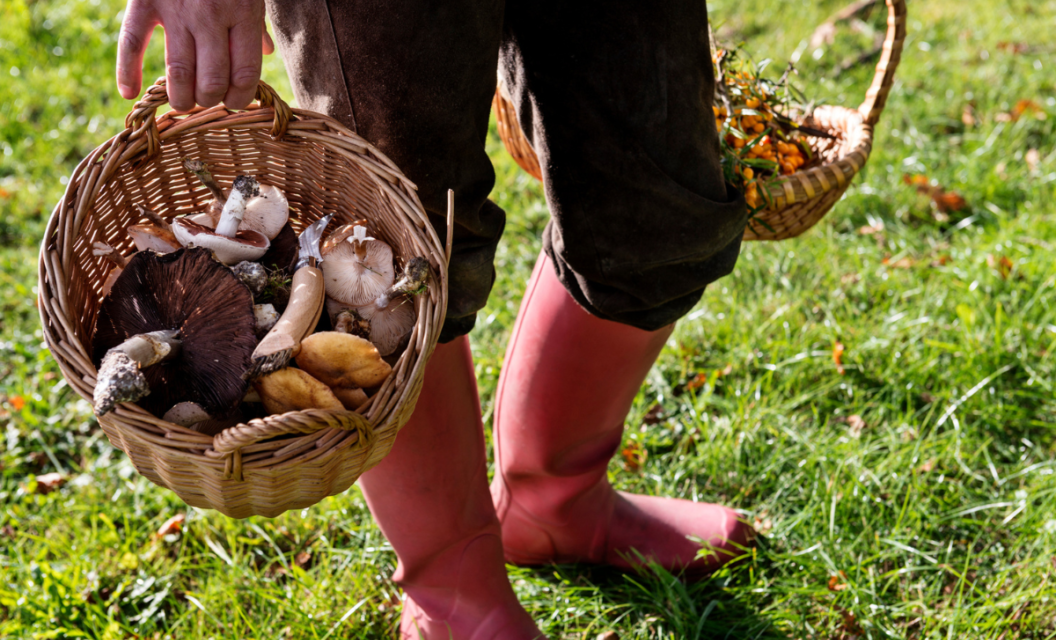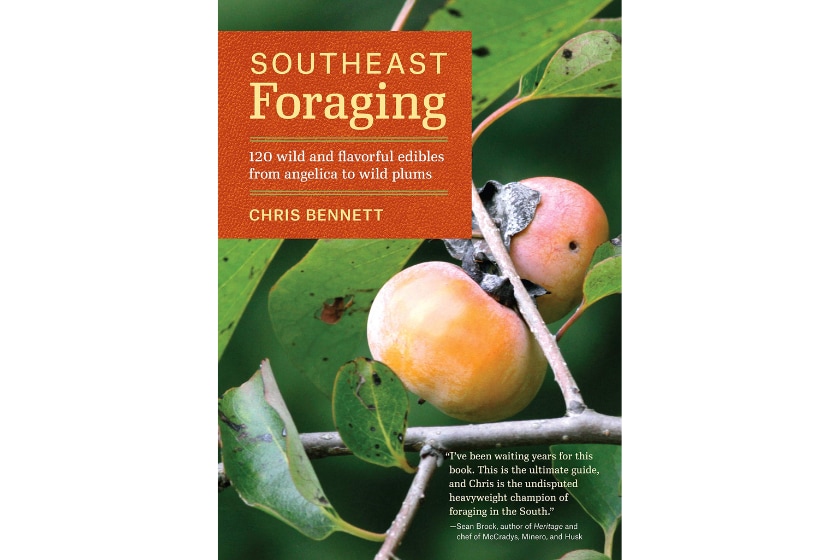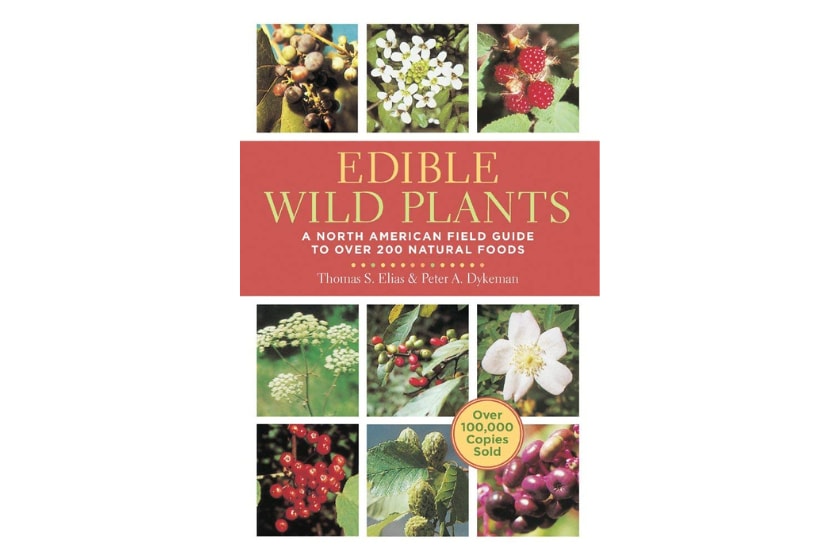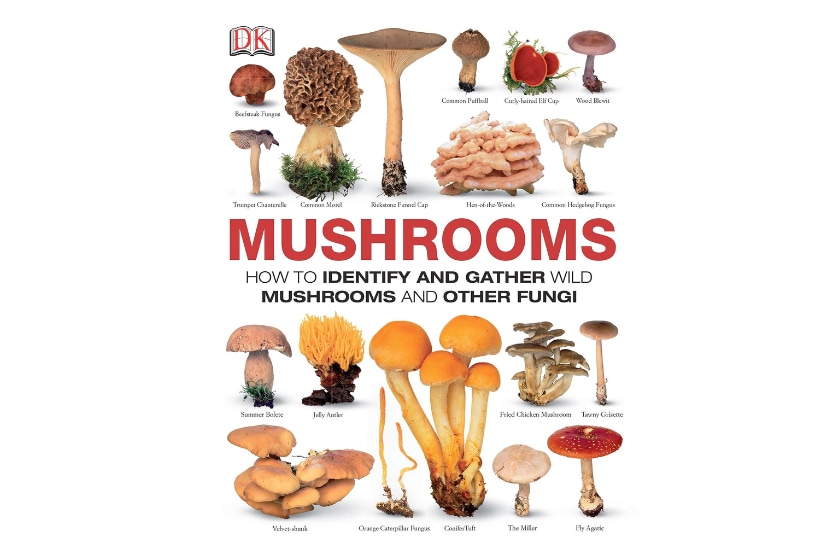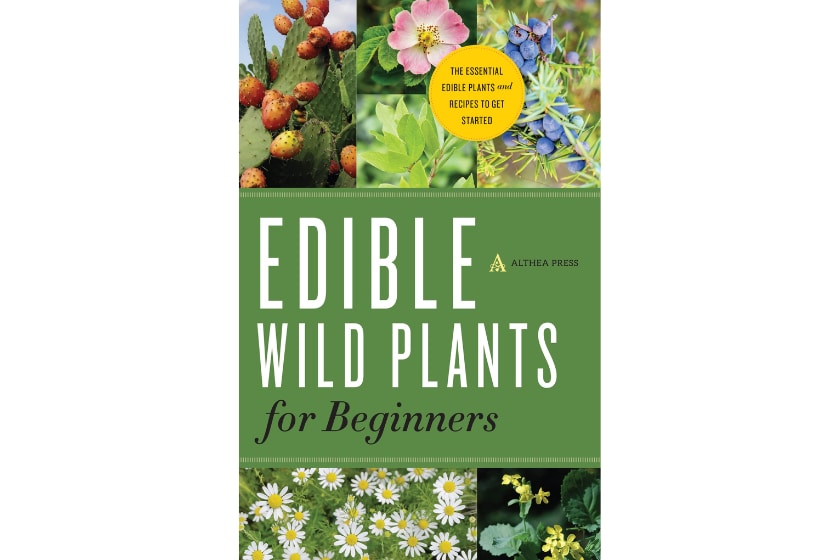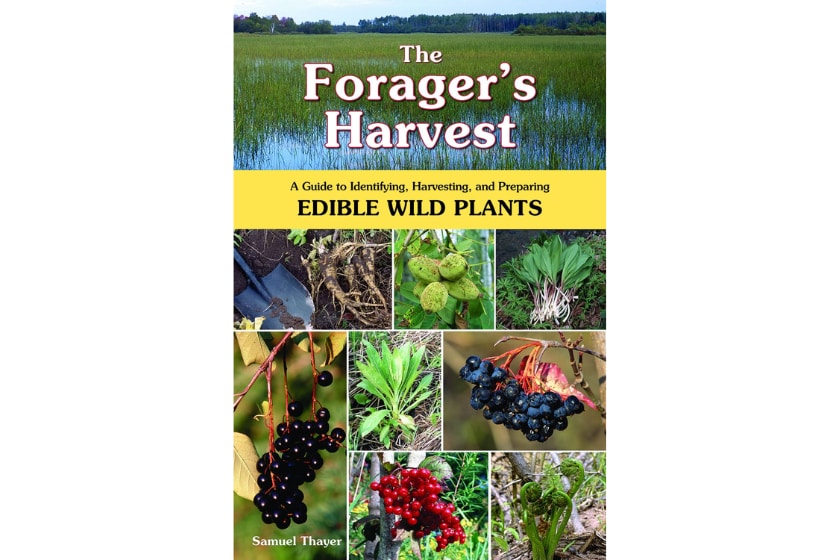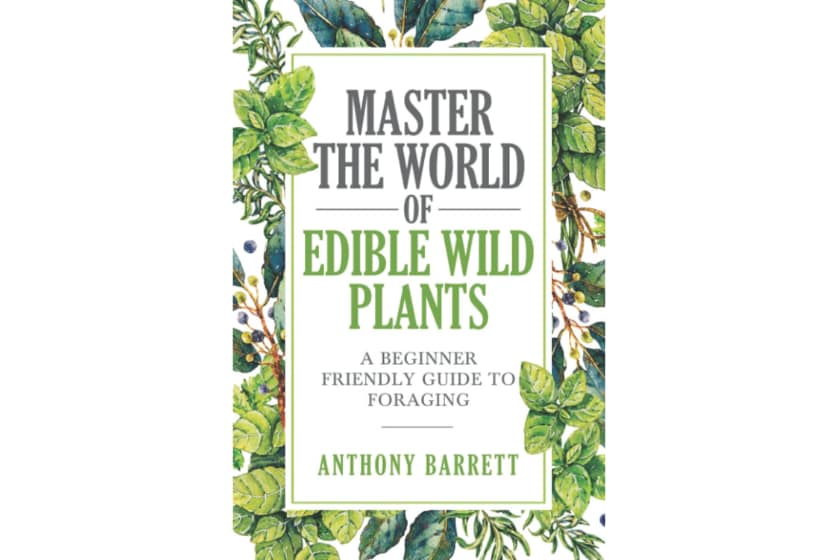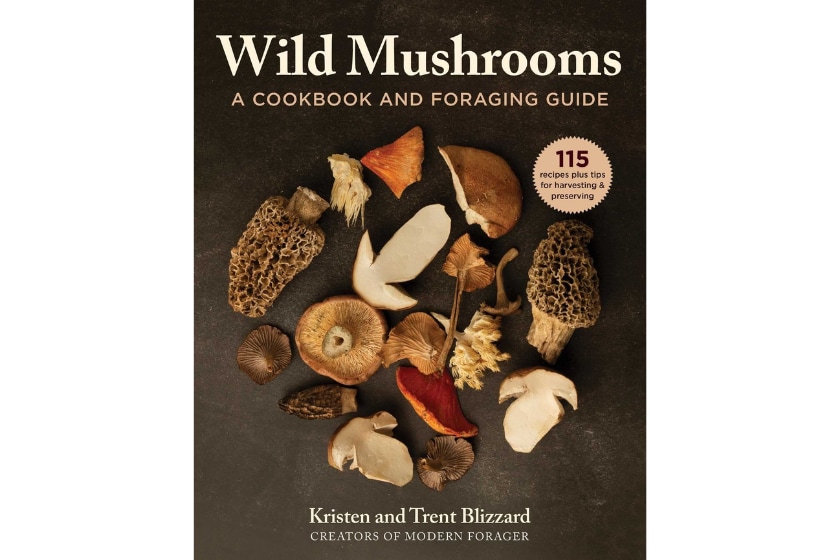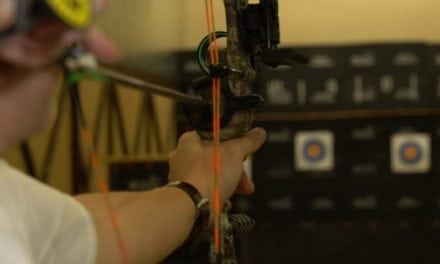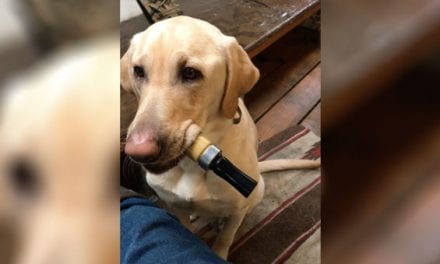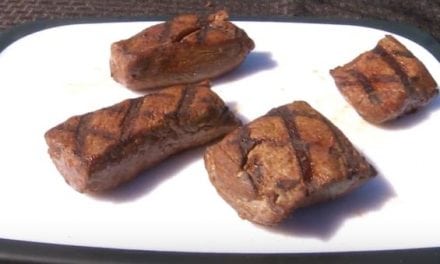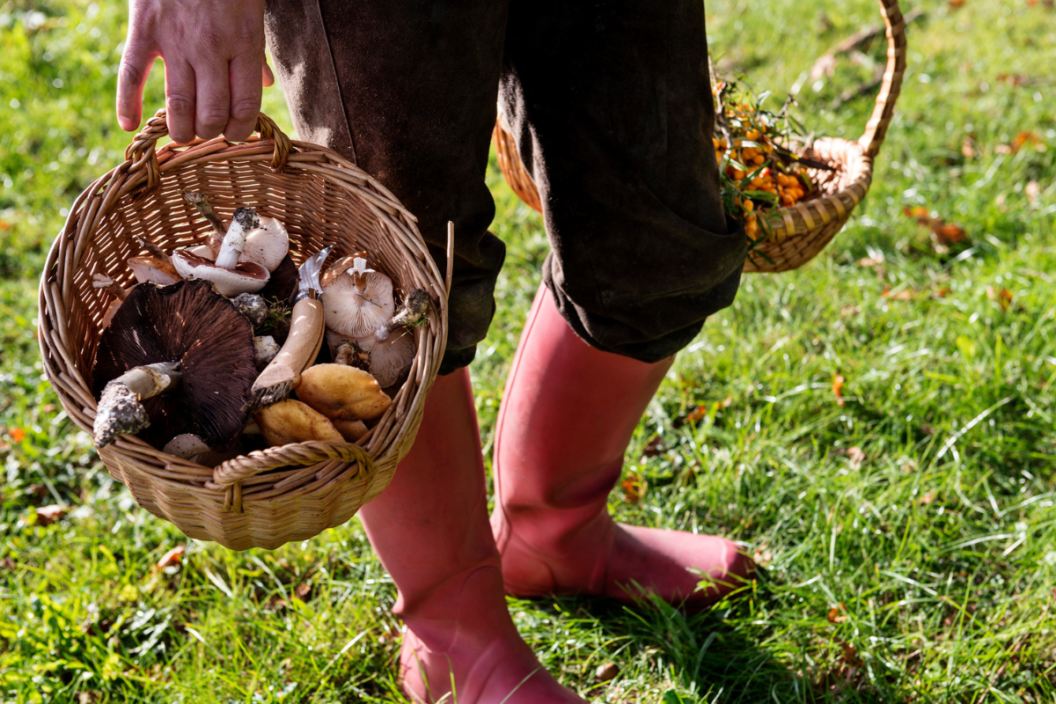
As outdoorsmen, we love to arm ourselves with knowledge and we seem to never stop learning. Among our common repertoire of techniques is the simple act of reading. No one can ever know it all, but reading is a good way to try! Foraging for wild foods is an act that we should all become good at, or at least learn to do. Prepping is not always about getting ready for disasters, but can simply be about keeping some of the best food we have available to us, as long as we know how to find it and safely consume it. Proper wild food identification helps us avoid any of the unpleasantries of getting sick from choosing the wrong thing. Whether you do it strictly for recreation, to feel closer to nature, or take advantage of the health benefits associated with eating locally foraged foods, there’s a lot to like. Foraging has come into its own in the past few decades and this is just the beginning. These foraging books will help advance your skills and knowledge in an important category.
Regional Foraging Series
This excellent series of seven books includes virtually every region of the contiguous U.S. for every forager’s needs: Pacific Northwest, California, Southwest, Midwest, Mountain States, Southeast, and Northeast. The Northeast alone offers an incredible feast for foragers of all ages including identification tips, ethical harvest guidance, and ideas for eating and preserving. The Pacific Northwest version will guide you to everything from Alaskan blueberries and wild hazelnuts to evergreen huckleberries and wild ginger. Searching for wild food has never been so diverse and these books help make it less complicated.
Edible Wild Plants: A North American Field Guide
This title from Thomas Elias is always near the top of any list of good foraging books, and there’s little wonder why. While everyone interested in foraging should adorn themselves with more than one foraging volume (based on your geographic region), this is an easy-to-understand guide on edible plants with full color pictures–not illustrations. This edition covers many edible plants that occur in the Northeast with some that are found in many areas of the country.
Mushrooms: How to Identify and Gather Wild Mushrooms and Other Fungi
Foraging for mushrooms? From the standards like hen-of-the-woods to the vaunted morels, you will find it all right here. This book includes insightful information every forager needs to identify more than 450 species of fungi from around the world. Mushroom hunt without fear with this guide.
Edible Wild Plants for Beginners: The Essential Edible Plants and Recipes to Get Started
We all need that first good book to start us off and this is a great choice. This one has been around for almost 10 years for a reason since it provides excellent profiles of common edible wild plants, including information on dangerous look-alikes that are the main reason why so many are too nervous to forage. You’ll be pleased with the info, the clarity of the pictures, and above all the different ways to prepare and eat some of these great wild edibles.
The Forager’s Harvest: A Guide to Identifying, Harvesting, and Preparing Edible Wild Plants
This is another great choice in the DIY books genre for foragers that are just starting out or have been searching for a while. Samuel Thayer is an internationally recognized authority on edible wild plants and his books are must-have reading for anyone interested in finding their own wild edible plants. Many among the foraging and gathering community will tell you that Thayer’s books are more than just a reference guide, but a basic education provided to both newcomers and those who want to learn more.
Master the World of Edible Wild Plants: A Beginner Friendly Guide to Foraging
Discover the benefits of identifying important and edible plants from the beginning with Anthony Barrett’s well-received book. Barrett is a Marine vet, outdoorsman, and master of discovering wild edibles with an eye towards teaching everyone. This is a great book for demystifying this basic survival discipline, and catalogs wild edible plants with descriptions, scientific names, sharp photos, and harvesting techniques.
Wild Mushrooms: A Cookbook and Foraging Guide
This book contains all you need to start foraging mushrooms from the beginning. This one stop reference for mushrooming will have you hauling a pile of fungi back home to try one of the great included recipes.
Foraged foods can be found in rural, hard to reach areas and they can be found in urban areas right under people’s noses. Since we’re already out in the areas where foraging occurs, it’s just a matter of knowing how to identify and harvest these plants. It is also possible to grow many of these easy to find plants right in your own garden.
There are greens, nuts and berries, and mushrooms, but coastal areas foragers seek out easy to get shellfish such as clams, mussels, and oysters. Whatever it is that you seek, you’ll need a guide to get you going, and these books serve that role very well.
Please check out my book “The Hunter’s Way” from HarperCollins. Be sure to follow my webpage, or on Facebook and YouTube.
READ MORE: Foraging for Food: 5 Common Edible, Safe Plants in the U.S.
The post 7 Foraging Books Every Forager Should Read appeared first on Wide Open Spaces.

